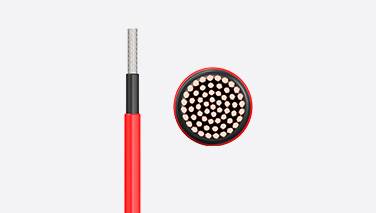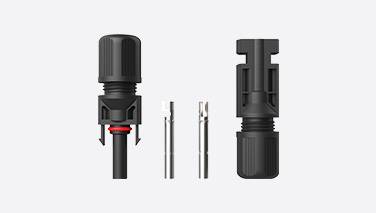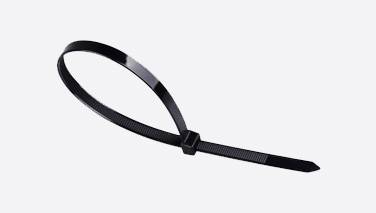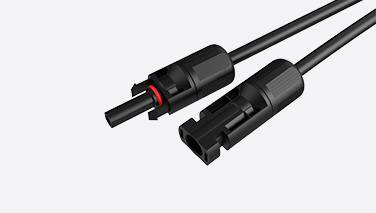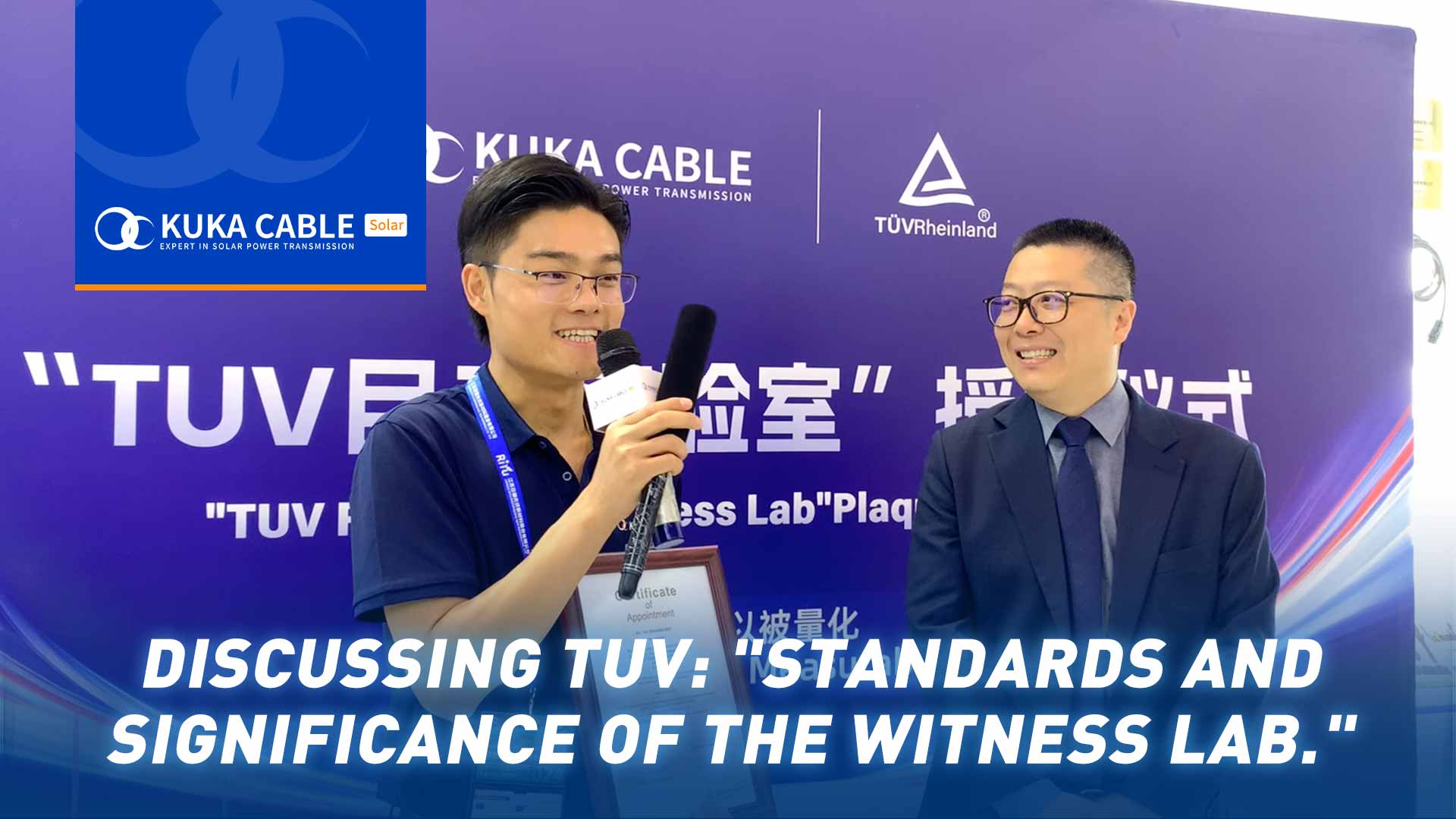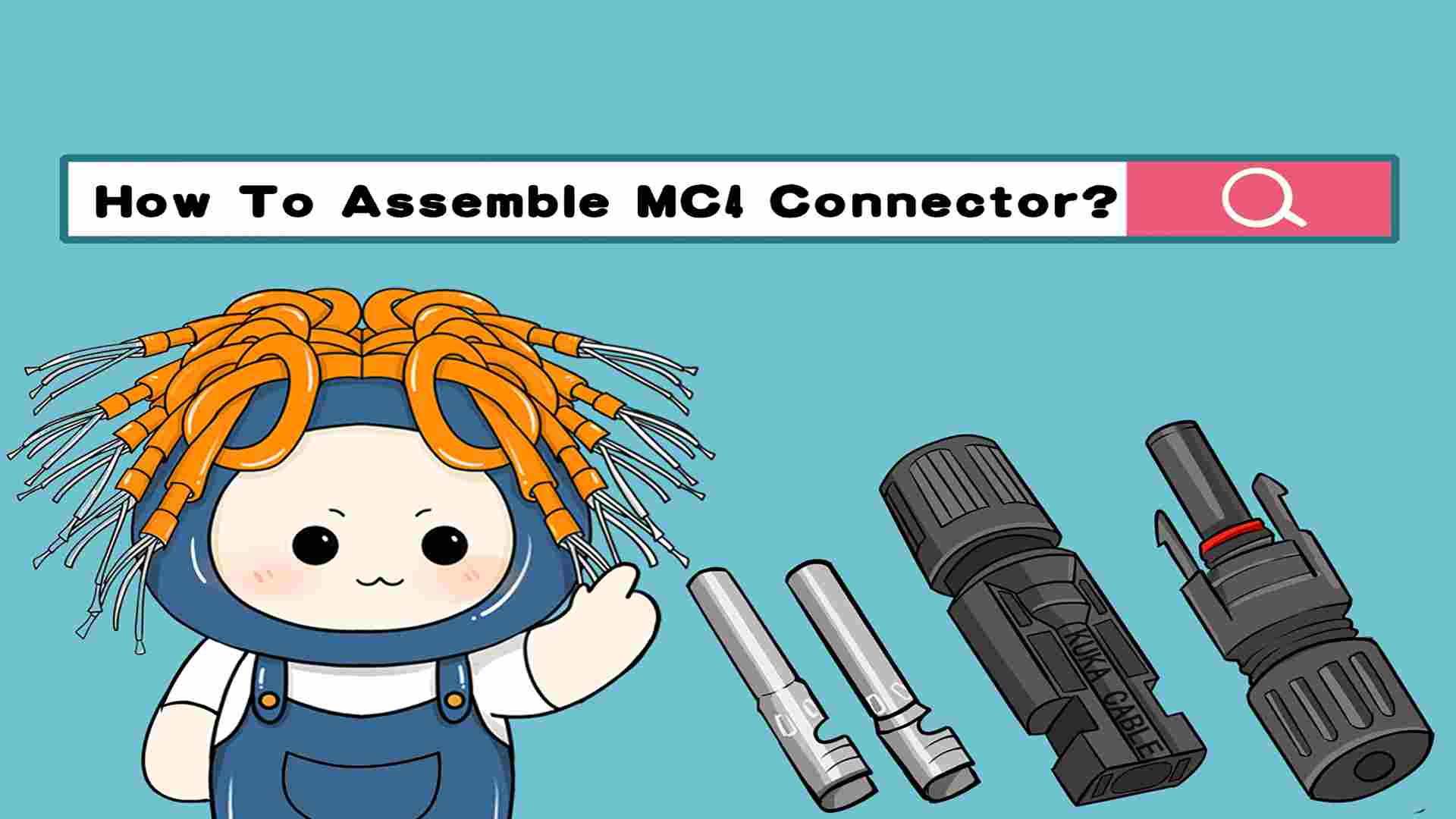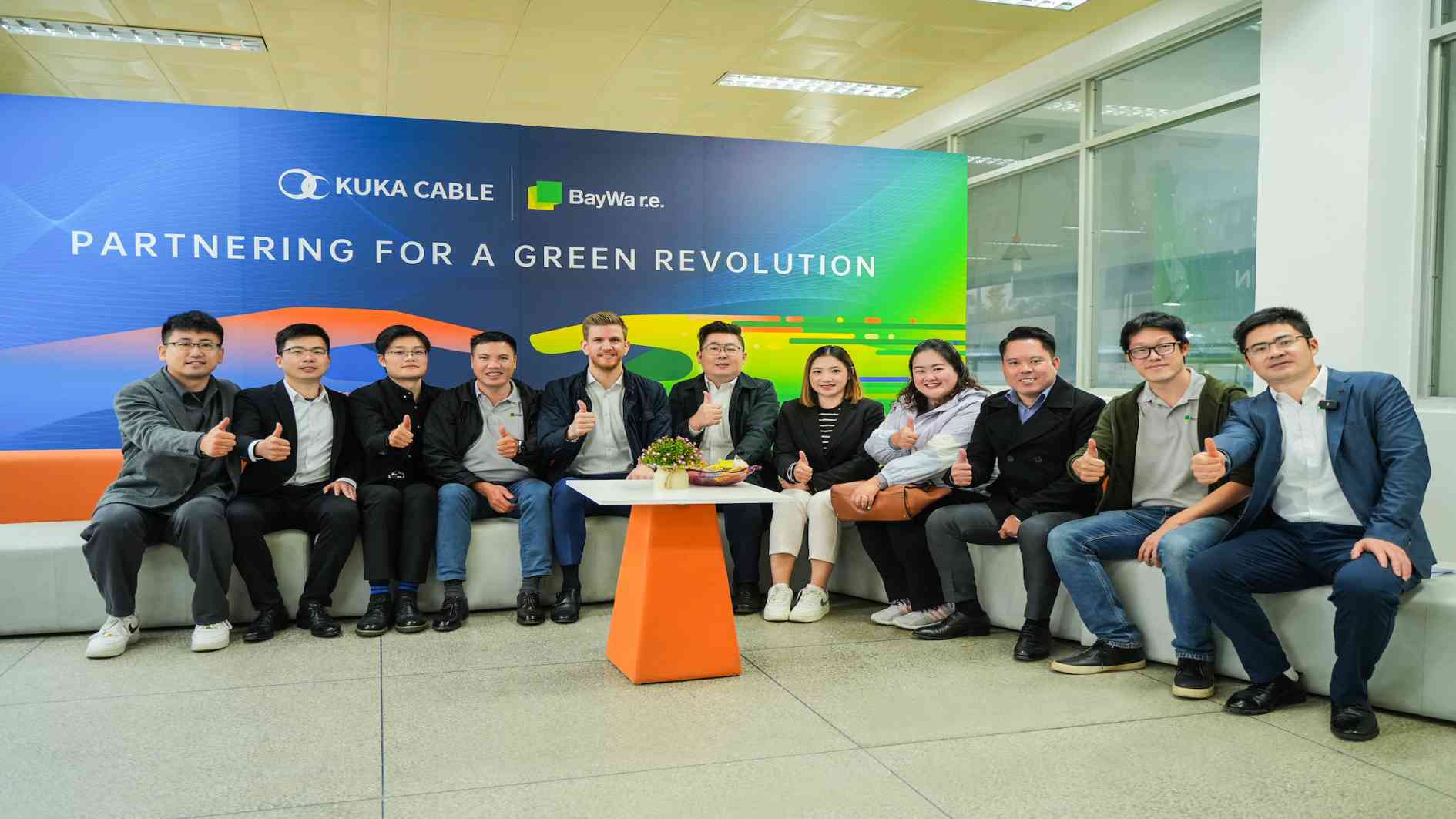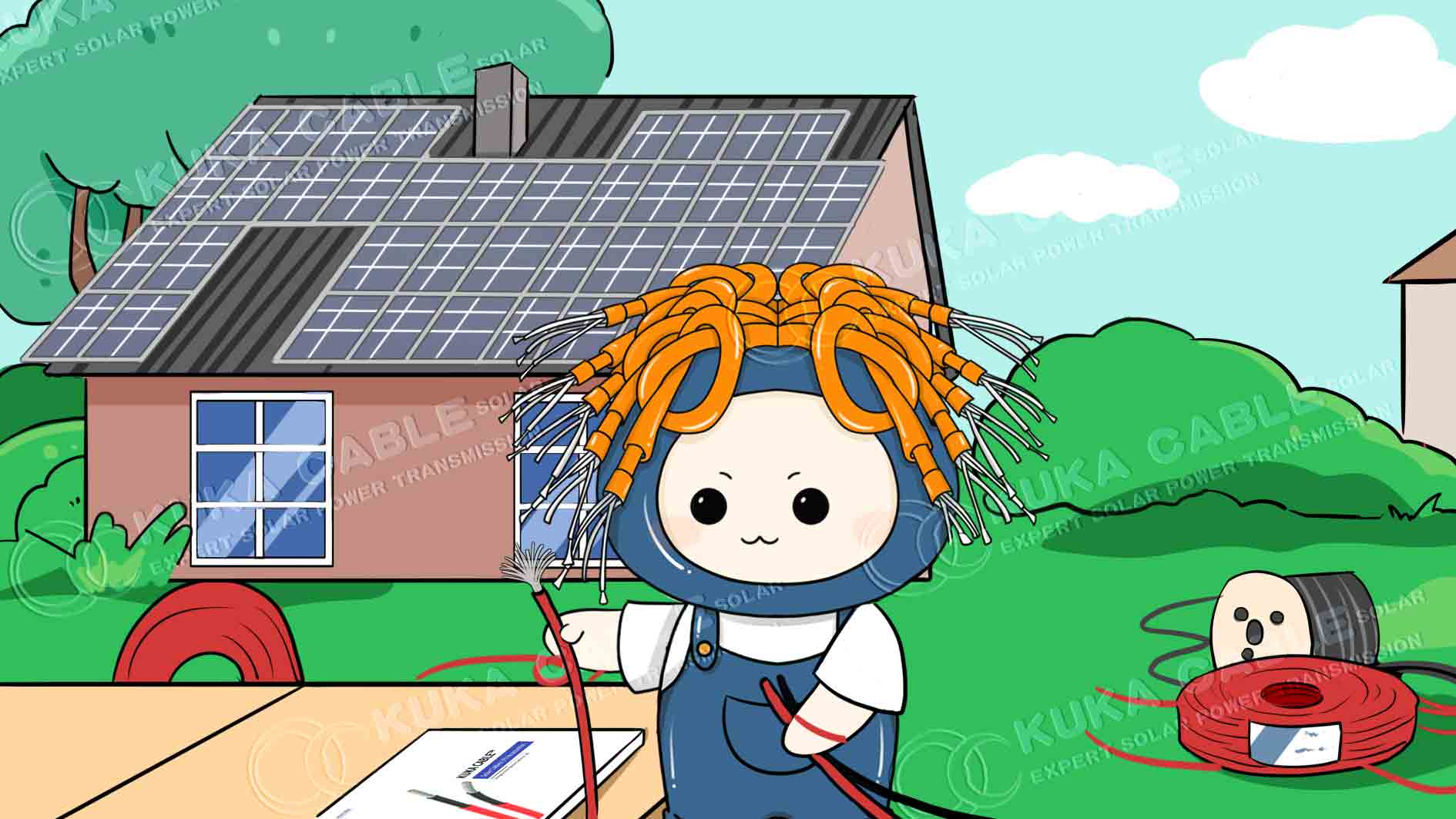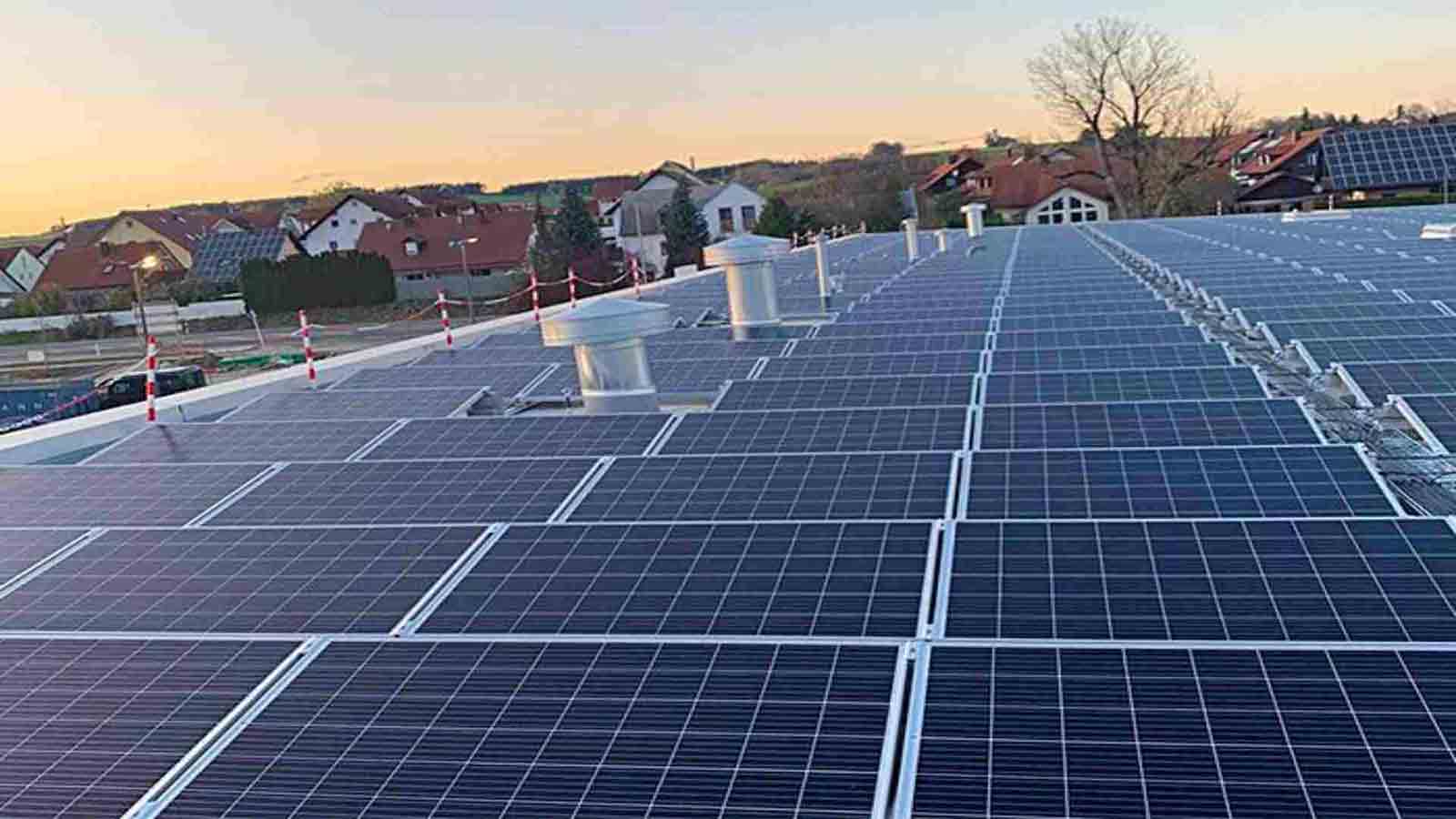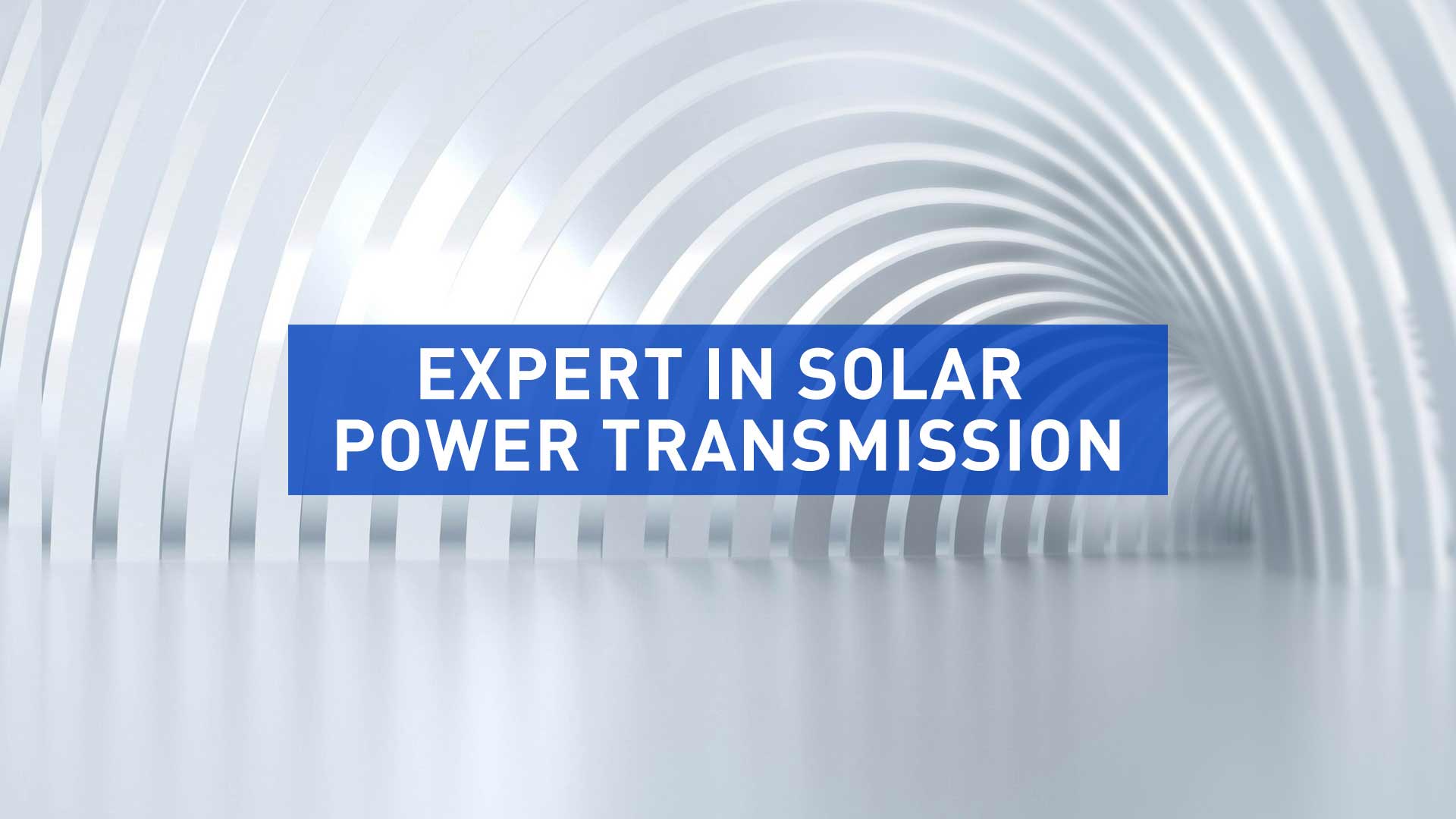What is solar cable
MARCH 16ST,2023
In the face of the severe energy substitution situation and the pressure on the human ecological environment (climate warming), countries around the world have regarded the development and utilization of sustainable clean energy as a future energy development strategy. Solar energy has become one of the hot spots of concern due to its unique advantages of abundant resources, no geographical boundaries, and cleanliness. Solar photovoltaic power generation is a form of power generation that uses the photovoltaic effect principle of solar panels to convert solar energy into electrical energy.
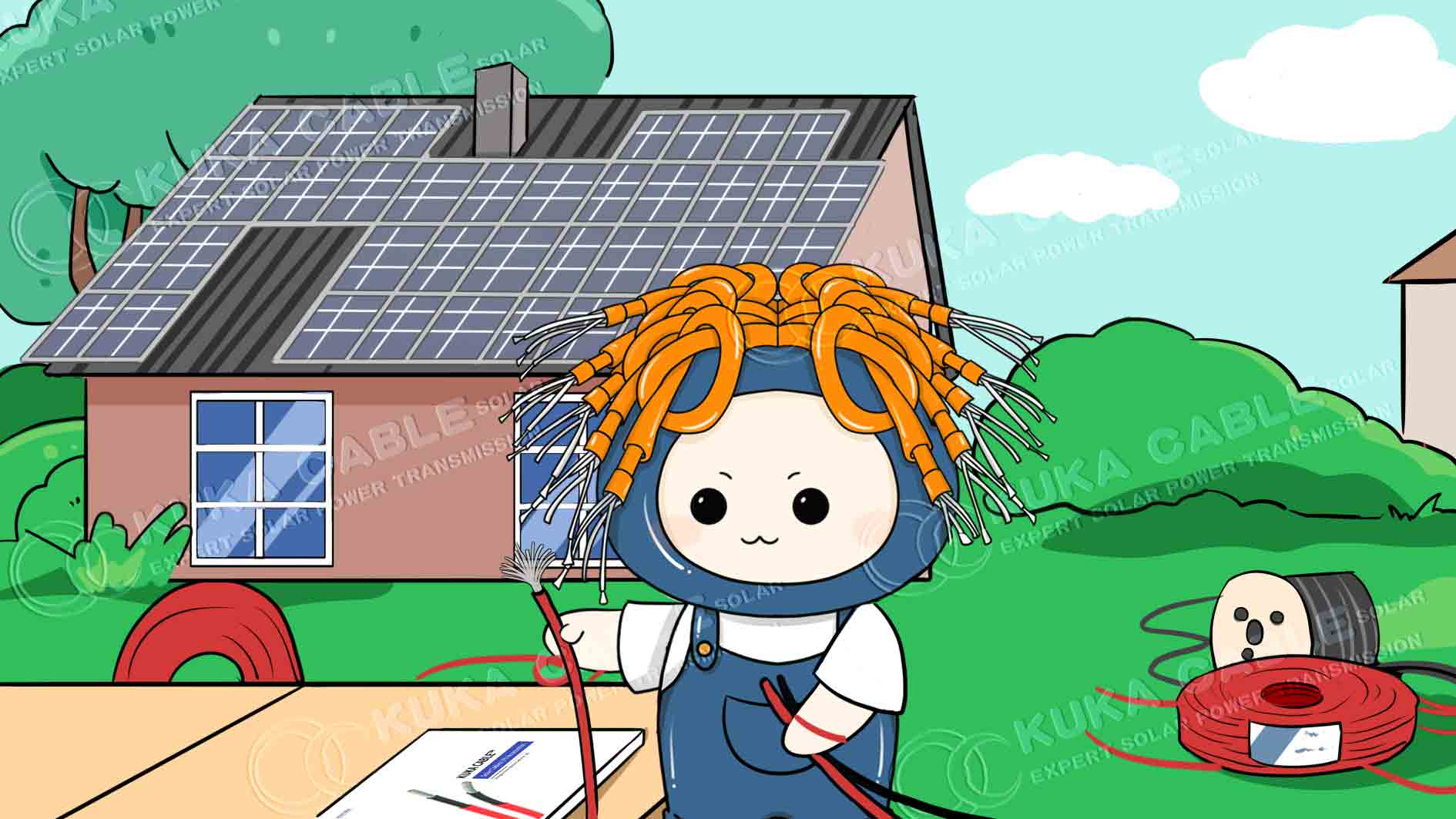
In order to make these panels work effectively, they need to be connected to the rest of the household power system using a special type of cable, which is the solar cable.
Conductor
The solar cable is mainly used to connect the solar panels to various components of the photovoltaic system. The solar cable can use copper, aluminum, and tinned copper as conductors, among which tinned copper is the most widely used. It retains the excellent conductivity of copper conductors, as well as the characteristics of resistance to bending and high temperature while making up for the disadvantages of aluminum conductors being easy to corrode and oxidize.
Insulation
Solar cables are the preferred choice for photovoltaic systems. The difference between standard cables and solar cables lies in the insulation. The standard DC cable can sustainably use for 8-10 years, while the service life of solar cables exceeds 25 years. The insulation of solar cables is XPLE sheath, which makes the solar cables as sturdy as the solar panels themselves.
Conductor Type
Twisted pair cable is usually the preferred wire type for solar cables, which is used in most scenarios such as communication, energy, and construction. Solid wire is only useful in some cases, such as when you need a long wire to transmit low currents without too much bending. Remember that it will maintain its shape when you bend it. Twisted pair cable also has the following features:
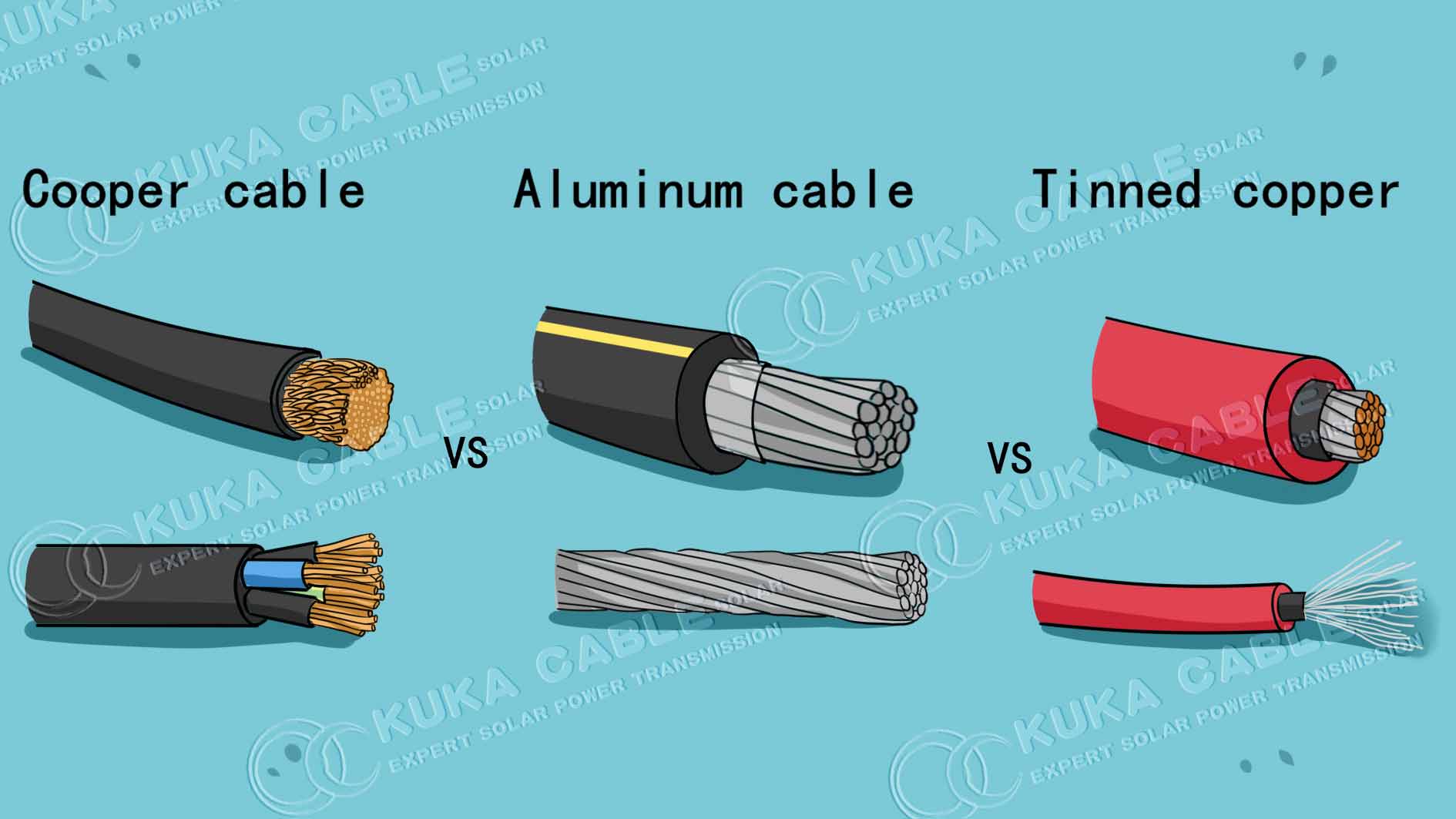
Enhanced electromagnetic conductivity between conductors: the conductors in the twisted pair cable are tightly wound together, which enhances the electromagnetic conductivity between the conductors.
Increased wire strength: the conductors in the cable are tightly wound, making them stronger and more pressure-resistant.
Reduced electromagnetic interference: the conductors in the twisted pair cable are tightly wound together, which can reduce electromagnetic interference.
Easy to install: the design of the twisted pair cable is simple and easy to install and use.
Cost-effective: the production cost of the twisted pair cable is lower than that of using conductors separately, so it has a certain cost-saving advantage in overall costs.
Color
Most solar cables are available in black and red colors, which are used to distinguish between positive and negative poles. At the same time, we also manufacture dual-core solar cables for cable management convenience.
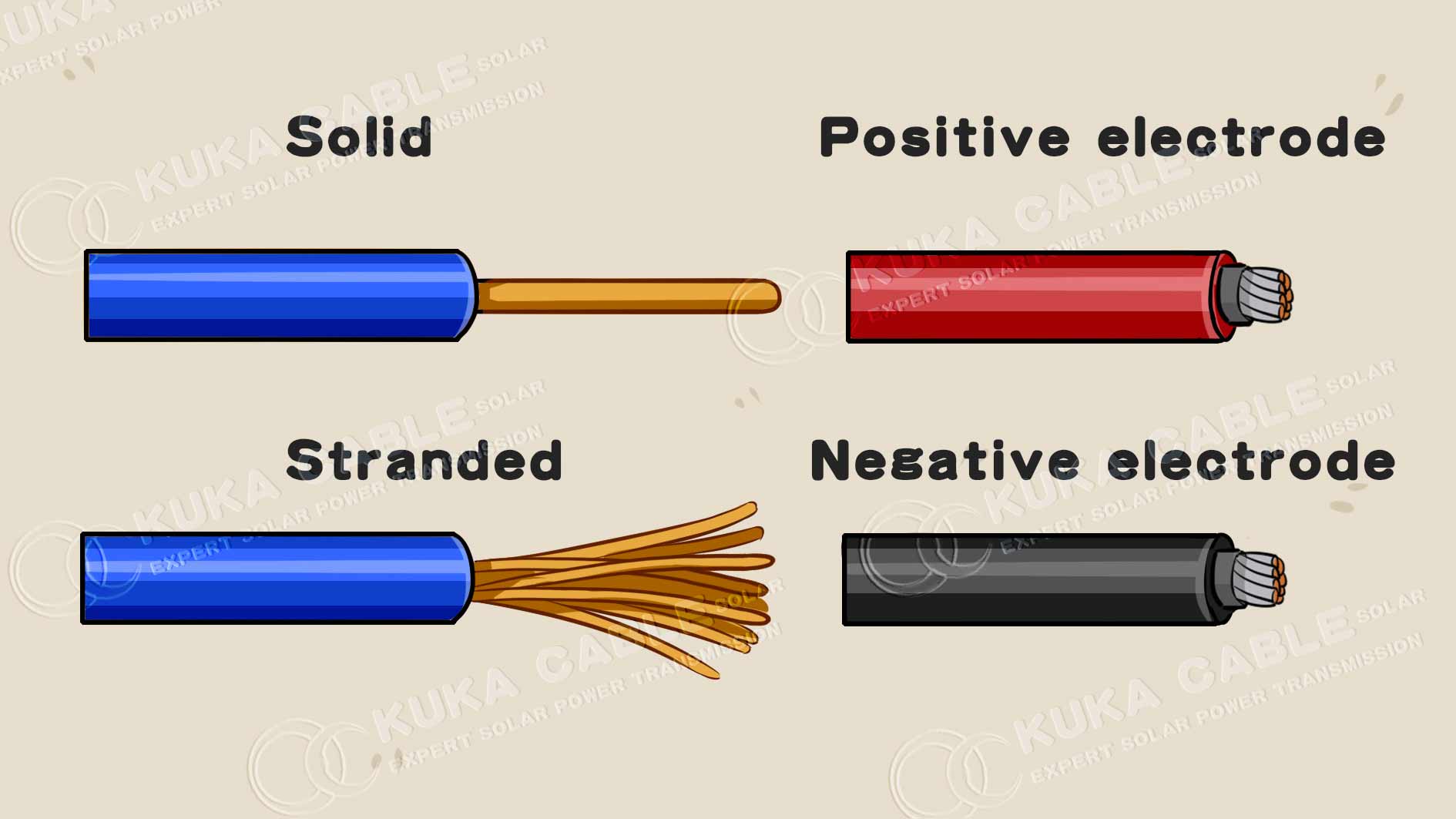
Model
How to choose the right solar cable for yourself? The wire size and quantity you need depend on the current from the panel and the distance between the panel and the electrical unit. When choosing a wire, buy the thickest one that suits your system. Although this is an expensive purchase, it is better than buying wires 2-3 times. Firstly, this is a safety issue. Secondly, thicker wires provide greater flexibility for your system. You may not add new panels to the system, but you may need to rewire, add batteries, or new inverters.



